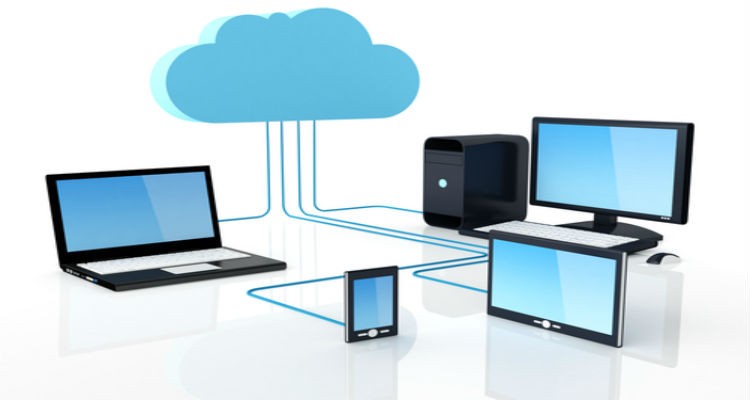What Is Desktop In The Cloud?

Virtual desktops or desktop in the cloud and applications are hosted with cloud-based resources rather than resources in an existing business data center Desktop cloud is a way for the end user computer.
Also known as cloud-based desktops, cloud-based desktops, or Desktop-as-a-Service (DaaS), cloud-based desktops can be used any device, accessed anywhere, as long as they are connected to the Internet. VMware Horizon Cloud is an example of a cloud-based desktop cloud provider.
The imminent universal adoption
The imminent universal adoption of cloud-based services such as Office 365, coupled with the global long-term global work driven by the COVID-19 epidemic, and the continued acceptance of digital transformation provide fuel to the growing market. In accordance to VerifiedMarketResearch, more than USD 11 Billion by 2026 the cloud desktop market is expected to reach.
How does Desktop cloud work?
Typically, computer recognition platforms allow users to access windows virtual desktop or applications running in a unique visual environment. This is achieved through a forum that contains, at the highest level:
A server running on a datacenter with one or more Windows instance operating systems
Desktop virtualization infrastructure manages the configuration of those Windows environments and assigns them to users.
An endpoint device where the user can access his virtual desktop or application is a Gateway to secure access outside the data center. This could be a portable computer, desktop, or mobile device. It could also be a “tiny client” – a device dedicated to accessing desktop desktops and applications, or a simple web browser.
Remote protocol where video, audio, keyboard, and mouse data are shared between the user’s repository and desktop.
Simply put, when the end user tries to connect to his endpoint device, the remote control protocol establishes the connection, gateway, and desktop virtualization infrastructure, and then deploys the user’s connection to an application or windows virtual desktop.
Except that with Cloud Desktop, Desktop in the cloud is no different, desktop virtualization desktop infrastructure and datacenter services are hosted and managed by an external company Desktop as Service Provider.
What are the benefits of Cloud desktops or Desktop-as-a-Service (DaaS)?
Cloud desktops or Desktop-as-a-Service (DaaS) offer a variety of benefits to both business and end users. As cloud-based desktops are realistic, most users can be supported on a single viewing machine (VM), which offers a scale of scale. Organizations can integrate new ‘desktops’ into employees quickly, without the need to purchase laptops for work.
Because multiple users can share a single Windows instance, organizations can see a larger economy, spreading event costs across multiple users. This is often called Remote Desktop Session Host (RDSH) or multiple sessions. If a user case requires a single user to approach a single location, usually called Virtual Desktop Infrastructure or VDI, this may also be possible.
In any case, using the cloud means that customers only need to pay for the services they use at any time. Organizations can create new desktops for employees quickly, without the need to purchase laptops. If those services are no longer needed, they can be shut down, then the customer can no longer be charged. Other price models are available, but usage-based pricing is a unique advantage of desktop cloud provider.
Here are some additional benefits that can be gained by using a desktop cloud:
Know about Increased productivity
Direct access translates into more productivity and efficiency anywhere, anytime, at home as employees can perform important business functions, in a coffee shop, in a lounge at an airport, or almost anywhere with a mobile device connected to the internet.
Know about about Saving
Organizations can save in a number of ways through cloud-based desktops. As employees have access to their desktop on any device, there is no need to prioritize CAPEX in the IT budget to provide more expensive, more efficient laptops or desktops for business use. The life of existing client devices can be extended, as the heavy lifting of the computer is all done in the cloud host. On the operational side, many organizations find that they can also reduce their IT support needs, saving extra money each month.
Know about Increased capacity
Cloud desktops or Desktop-as-a-Service receive updates to software and applikation automatically, no need to ‘press’ updates on individual users. From a user’s point of view, the ability to use almost any device to access their virtual desktop or apps means that whether they choose PC, Apple iMac, Linux, iOS, or android they will see the same apps running in the same way and make them available of theirs.

